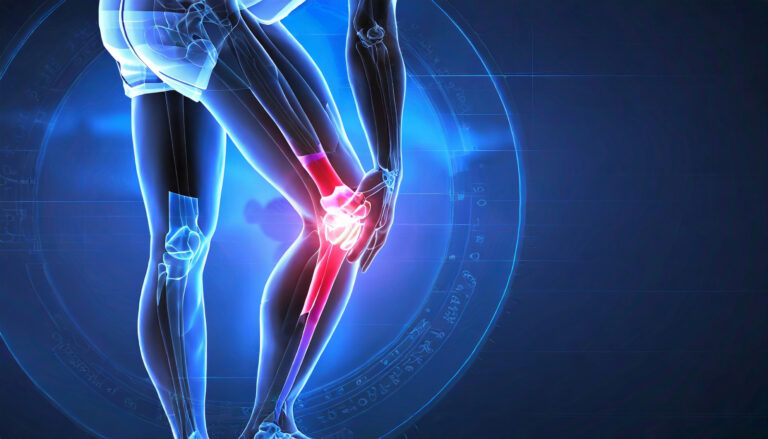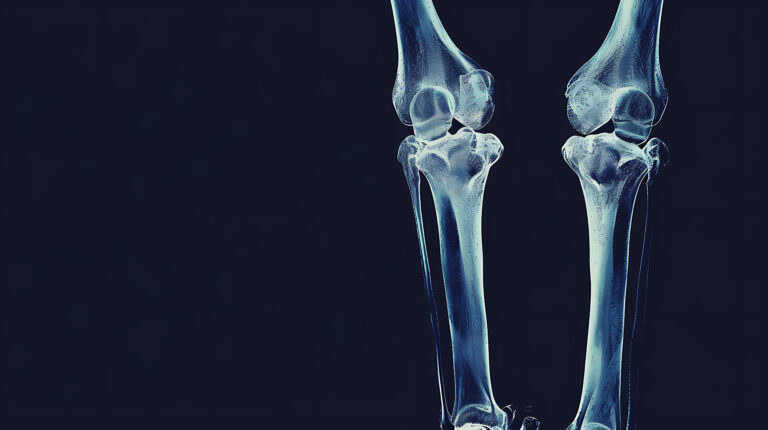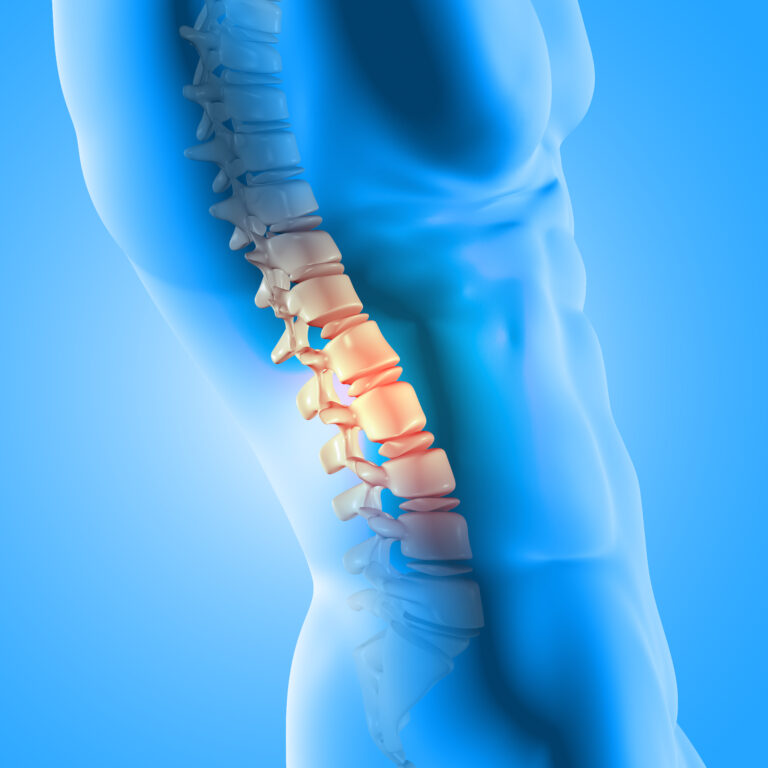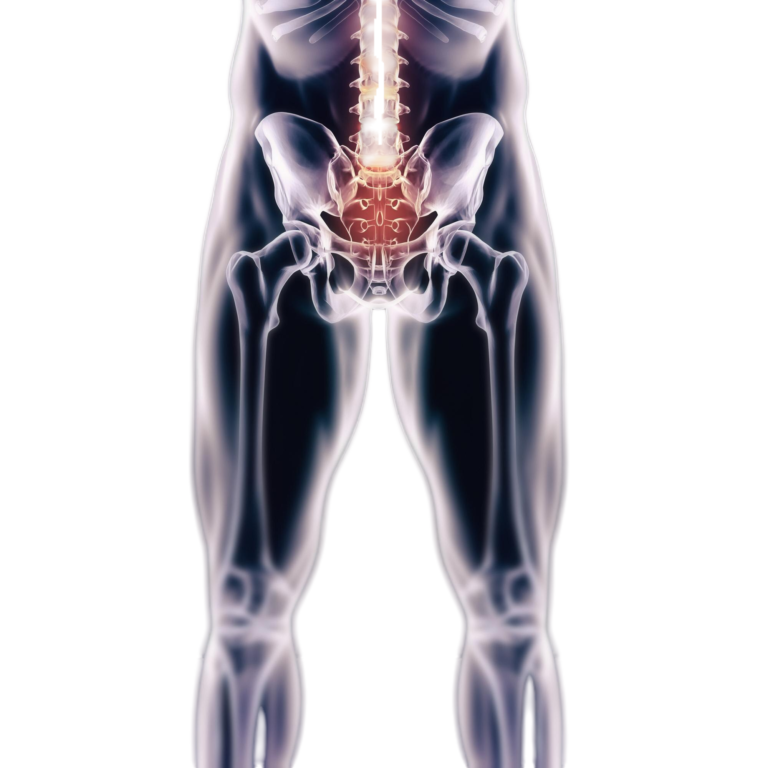
Introduction
Orthopedic pain, whether caused by injuries, chronic conditions like arthritis, or degenerative diseases, can significantly affect a person’s ability to perform daily activities and enjoy life. Advances in pain relief techniques have transformed the way orthopedic conditions are managed, offering patients more effective solutions with fewer side effects. A comprehensive approach to orthopedic pain relief now combines traditional methods, cutting-edge technologies, and innovative therapies to improve outcomes and enhance recovery.
Overview
Orthopedic pain management has evolved significantly in recent years, incorporating advanced strategies that address both the underlying causes of pain and the long-term recovery process. These advancements include a combination of pharmacological treatments, interventional techniques, regenerative therapies, and minimally invasive surgical options. The goal is to provide personalized care that promotes healing, reduces discomfort, and improves mobility for patients with orthopedic conditions.
Advancements in Orthopedic Pain Relief
- Regenerative Medicine:
- Platelet-Rich Plasma (PRP) Therapy: PRP therapy involves injecting a patient’s own concentrated platelets into the injured area, helping to stimulate tissue healing, reduce inflammation, and promote regeneration of cartilage or tendons.
- Stem Cell Therapy: Stem cells derived from the patient’s body (often from fat tissue or bone marrow) can be used to regenerate damaged tissues, offering a promising alternative for conditions like osteoarthritis or tendonitis.
- Minimally Invasive Procedures:
- Endoscopic Spine Surgery: Using small incisions, endoscopic surgery allows for the treatment of spine-related conditions, such as herniated discs or spinal stenosis, with minimal tissue disruption, reducing pain and promoting quicker recovery.
- Minimally Invasive Joint Replacements: Joint replacement surgeries, including hip and knee replacements, are now performed with smaller incisions, leading to less postoperative pain and a faster recovery time compared to traditional surgeries.
- Interventional Pain Management:
- Corticosteroid Injections: These injections help reduce inflammation and provide relief from joint pain, particularly for arthritis or tendonitis, offering short-term and long-term pain relief.
- Nerve Blocks: Local anesthetics or steroids are injected around nerve roots or in the spine to block pain signals, providing relief for conditions like sciatica or neuropathic pain.
- Spinal Cord Stimulation (SCS): An implanted device sends electrical impulses to the spinal cord to block pain signals from reaching the brain, providing relief for chronic back pain or other neuropathic conditions.
- Biologic Therapies:
- Hyaluronic Acid Injections: Used primarily for knee osteoarthritis, these injections lubricate the joint and provide pain relief by improving joint function and reducing inflammation.
- Growth Factor Therapy: Injections containing growth factors can help promote healing and tissue regeneration, particularly in the treatment of tendon or cartilage injuries.
- Advanced Physical Therapy:
- Targeted Exercise Programs: Exercise regimens tailored to individual needs can strengthen muscles, improve joint stability, and reduce pain over time.
- Manual Therapy: This includes techniques such as massage, joint mobilization, and myofascial release to alleviate muscle stiffness and improve range of motion.
Potential Risks and Complications
- Side Effects from Medications:
Pain relief medications, including opioids and NSAIDs, can cause side effects such as gastrointestinal issues, kidney damage, and, in the case of opioids, dependency and addiction when used long-term. - Surgical and Interventional Risks:
Minimally invasive surgeries and injections carry risks such as infection, bleeding, or nerve damage. Additionally, spinal cord stimulation and joint replacements can sometimes fail to provide the desired relief or lead to complications during recovery. - Rehabilitation Challenges:
Recovery from some advanced treatments, such as stem cell therapy or surgery, may require intensive rehabilitation to achieve optimal results, and failure to adhere to post-treatment care can delay healing or lead to setbacks.
Understanding the Recovery Process
The recovery process varies depending on the type of treatment or procedure. For example, recovery from a minimally invasive surgery may take a few weeks, while stem cell or PRP therapy may require multiple sessions to see significant improvements. Physical therapy is often an essential part of the recovery process, helping patients regain strength, mobility, and function. Patience and adherence to the prescribed rehabilitation program are critical for long-term success.
Key Takeaway
Advances in orthopedic pain relief have significantly improved how conditions are managed, offering patients a comprehensive range of options that promote healing and reduce discomfort. From regenerative therapies to minimally invasive surgeries, modern approaches are focused on long-term recovery, minimizing side effects, and enhancing mobility. Personalized treatment plans, combining the latest advancements, allow patients to experience better outcomes and an improved quality of life.
Disclaimer
This overview is for informational purposes only and should not be substituted for professional medical advice. Always consult with a healthcare provider to discuss treatment options tailored to your specific needs.





